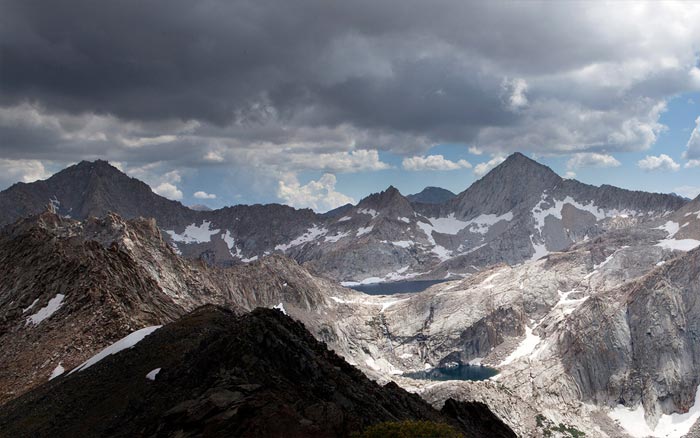Salmon Protection in the Northwest
Salmon Protection in the Northwest

By any measure, salmon are extraordinary creatures. They live in both saltwater and freshwater. They have nature’s best sense of direction. They are beautiful and delicious. They feed bears and other creatures besides humans. They are a barometer of the general health of both the ocean and of inland waters. They are, in the overblown prose of one magazine writer, the golden thread that stitches together land and sea.
That thread, alas, is frayed to the breaking point.
In 1991, the American Fisheries Society, an organization of scientists, estimated that of the once-abundant runs of salmon in Washington, Oregon, Idaho, and California at least 106 stocks were extinct and another 214 were at high risk, moderate risk, or of “special concern.” Matters have not improved since then.
There are five major subspecies of salmon and some of the subspecies are differentiated by the season in which they spawn. Many of these stocks are now protected under the federal Endangered Species Act, mostly as a result of litigation by Earthjustice and others. Lawsuits by and large sparked the designation of critical habitat as well. Some of the legal action has moved to the Clean Water Act. The Environmental Protection Agency and the state of California are in the process of establishing “total maximum daily loads” (TMDLs)of pollutants for 17 northcoast rivers. On the Snake River in eastern Washington, a federal judge in early 2001 ruled that dam operators violate the law by allowing water temperatures to rise to levels lethal to baby salmon.
Salmon hatched and reared in hatcheries mix with wild salmon stocks. In some cases hatchery fish are similar to their wild cousins. In others, they are quite different. Many wild salmon are uniquely suited to the particular river or stream in which they live and in some cases lose beneficial characteristics when hybridized with wild spawning hatchery fish. The question of identifying which salmon stocks are unique and deserving of ESA protections is currently unresolved.
Another major problem for salmon spawning in tributaries of the Snake Rivers in Washington and Idaho are the presence of four dams blocking the lower Snake River. Snake River salmon populations have taken a dramatic turn for the worse since the completion of these four dams in the 1960’s. Earthjustice is litigating to save these salmon stocks from extinction.